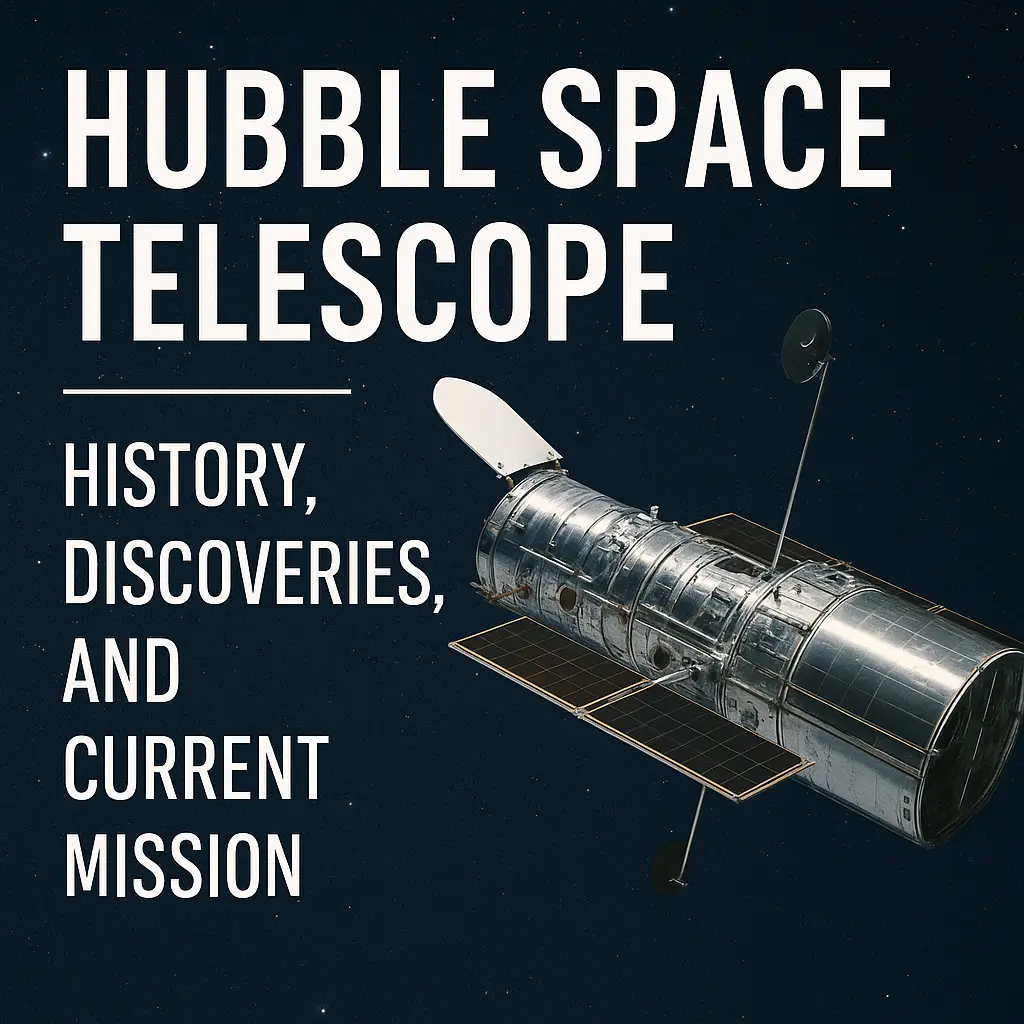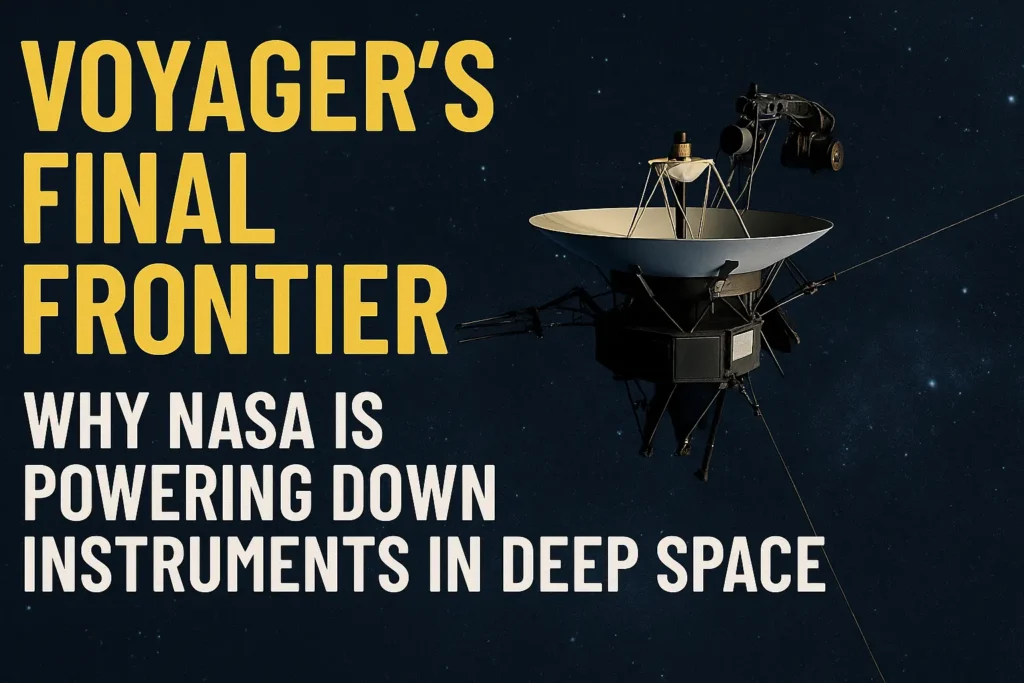This June, skywatchers across the globe will be treated to a rare and captivating celestial event: the full Strawberry Moon of 2025, set to illuminate the night sky with both scientific significance and visual splendor.
When to Watch
The full moon will reach its peak brightness on Wednesday, June 11 at 3:44 a.m. EDT (9:44 a.m. CEST). While this timing places the exact moment of fullness in the early hours for many observers, the best viewing experience will occur the evening prior, on Tuesday, June 10, during moonrise. In cities like Amsterdam, the moon will appear particularly low on the horizon around sunset, offering a dramatic and colorful display.
The Meaning Behind the Name
The term “Strawberry Moon” originates not from the moon’s hue, but from the natural calendar of Native American tribes and European farming traditions. This full moon marked the beginning of strawberry harvesting season in North America. It’s part of a rich tradition of naming lunar phases, such as the Wolf Moon (January) and Harvest Moon (September).
A Rare Orbital Feature
What sets this year’s Strawberry Moon apart is its exceptionally low arc across the sky—the lowest full moon observed in 18 years. Due to its shallow trajectory, the moon will hug the horizon throughout much of the night, enhancing what’s known as the moon illusion—a perceptual effect that makes the moon appear larger and warmer-toned than it actually is.
This illusion arises because of the moon’s proximity to objects on the horizon, which gives our brains a visual reference that exaggerates its apparent size. The low angle also causes the moonlight to filter through more of Earth’s atmosphere, intensifying its orange or golden color.
How to View
To get the best view, find a clear, unobstructed line to the southeastern horizon shortly after sunset on June 10. Urban locations like Amsterdam or London can offer incredible photo opportunities when city skylines are silhouetted against the glowing moon.
Bring binoculars or a telescope to observe the moon’s surface in more detail, or simply enjoy the event with the naked eye. Astrophotographers will want to use foreground elements like landmarks or trees to enhance scale and context.
A Month of Celestial Highlights
The Strawberry Moon is just one of several astronomical highlights in June 2025. The summer solstice—the longest day of the year in the Northern Hemisphere—falls on June 20, and the skies will also feature planetary alignments. Jupiter, Mars, and Mercury will be visible shortly after sunset, making June a spectacular month for skywatching.
Final Thoughts
Whether you’re a seasoned astronomer or a casual observer, the June 2025 Strawberry Moon is a unique moment to connect with the rhythms of the cosmos. Mark your calendar, step outside, and let nature’s grandest nightlight inspire awe.


